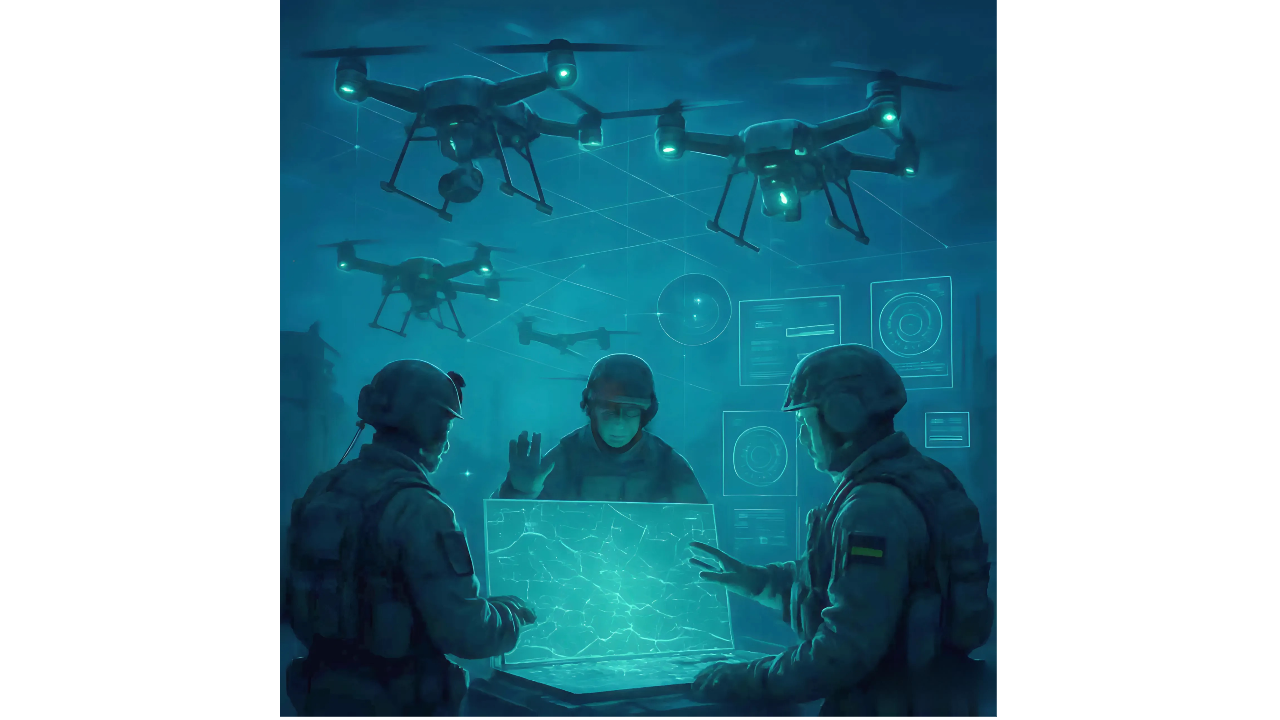A recent Forbes analysis by retired Air Force General David Deptula examines how Ukraine’s innovative drone strikes are reshaping military doctrine — and exposing American weaknesses
When Ukrainian forces launched coordinated drone attacks against four Russian airbases on June 1, 2025, they weren’t just destroying enemy aircraft — they were demonstrating a revolutionary approach to modern warfare that has profound implications for U.S. military strategy.
That’s the assessment of retired Air Force General David Deptula in a comprehensive analysis published in Forbes on June 12, 2025, where he argues that Ukraine’s “Operation Spider Web” represents far more than a tactical victory. Instead, it signals a fundamental shift in how smaller nations can compete against militarily superior adversaries.
Using inexpensive quadcopter drones armed with small explosive charges, Ukrainian forces successfully penetrated deep into Russian territory and damaged valuable bomber aircraft. What makes this significant, according to Deptula, isn’t just the mission’s success, but its methodology.
“Ukraine demonstrated that it is fighting smarter than the Russians,” Deptula writes, describing how the operation exemplifies “effects-based” warfare — achieving strategic objectives through innovative means rather than traditional force-on-force confrontation.
Unlike conventional counter-air operations that require coordinated strike packages of fighters, bombers, and support aircraft, Ukraine accomplished similar results using readily available commercial technology. The approach offers a template for how technologically sophisticated but numerically inferior forces can compete against larger adversaries.
But Deptula’s analysis extends beyond this single operation. He notes that small lethal drones have fundamentally altered the character of modern warfare by democratizing precision-guided munitions. Individual soldiers now have access to capabilities previously reserved for combat aircraft.
The numbers are striking: Ukrainian Army units now engage approximately 80 percent of front-line targets using portable drones, leading Deptula to suggest that artillery may be losing its traditional role as the “king of the battlefield” to unmanned systems.
Perhaps most concerning for U.S. readers is Deptula’s assessment of American vulnerabilities. The retired general, who previously served as Director of Operations for Pacific Air Forces, argues that the United States has become dangerously complacent about force protection since the Cold War’s end.
During the Cold War, he notes, U.S. Air Forces in Europe and Korea maintained aircraft in hardened shelters, recognizing the risks of leaving valuable assets exposed. That mindset has largely disappeared, even as threats have evolved.
Deptula points to several warning signs: the 1999 Chinese military doctrine “Unrestricted Warfare,” which outlined asymmetric strategies to neutralize U.S. advantages; drone incidents at Virginia’s Langley Air Force Base in 2023; and the general proliferation of drone technology that makes such weapons accessible to both state and non-state actors.
The implications, according to Deptula, could be catastrophic. While the 1941 Pearl Harbor attack targeted a limited set of distant military installations, a modern equivalent using drone swarms could impact targets across the entire United States simultaneously.
“If executed across a comprehensive set of key targets, America’s ability to competently fight could be derailed at the opening of a conflict,” he warns.
Deptula’s recommendations are straightforward but expensive: prioritize force protection through hardened shelters, layered defenses, and decentralized operations. He argues that “airpower, along with every other element of military power, without assured survivability is a hollow deterrent.”
The general notes that China has already embraced this philosophy, constructing thousands of hardened aircraft shelters while the U.S. has largely ignored such defensive measures. A 2004 proposal he made to build hardened shelters on Guam was rejected due to funding constraints—a decision that looks increasingly shortsighted given current threat assessments.
For Ukraine, Deptula suggests that expanding effects-based operations beyond counter-air missions could provide the best path to victory against Russia’s numerically superior forces. Rather than engaging in prolonged attrition warfare, Ukraine should focus on identifying and striking key Russian vulnerabilities across all domains.
The strategy offers hope for other nations facing similar challenges, demonstrating that “strategic insight and operational innovation can be more decisive than numerical superiority alone.”
Deptula’s analysis serves as both a celebration of Ukrainian innovation and a stark warning about American complacency.
As drone technology continues to proliferate and adversaries study Ukraine’s tactics, the United States faces a choice: adapt to this new reality or risk having its military advantages neutralized by the very technologies it helped create.
The question isn’t whether such capabilities will be used against American forces and infrastructure, but when — and whether the United States will be prepared when that moment arrives.
General David Deptula is a retired U.S. Air Force three-star general and currently serves as Dean of the Mitchell Institute for Aerospace Studies. His full analysis is available at Forbes.com.
The featured image was generated by an AI program.


